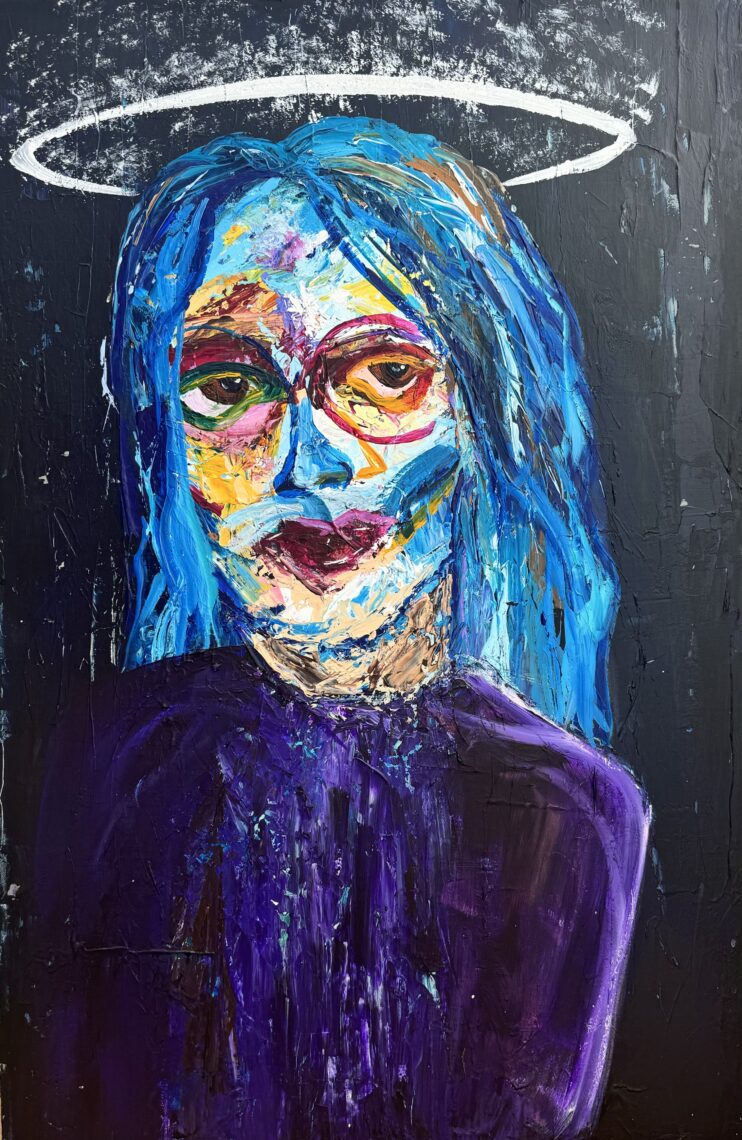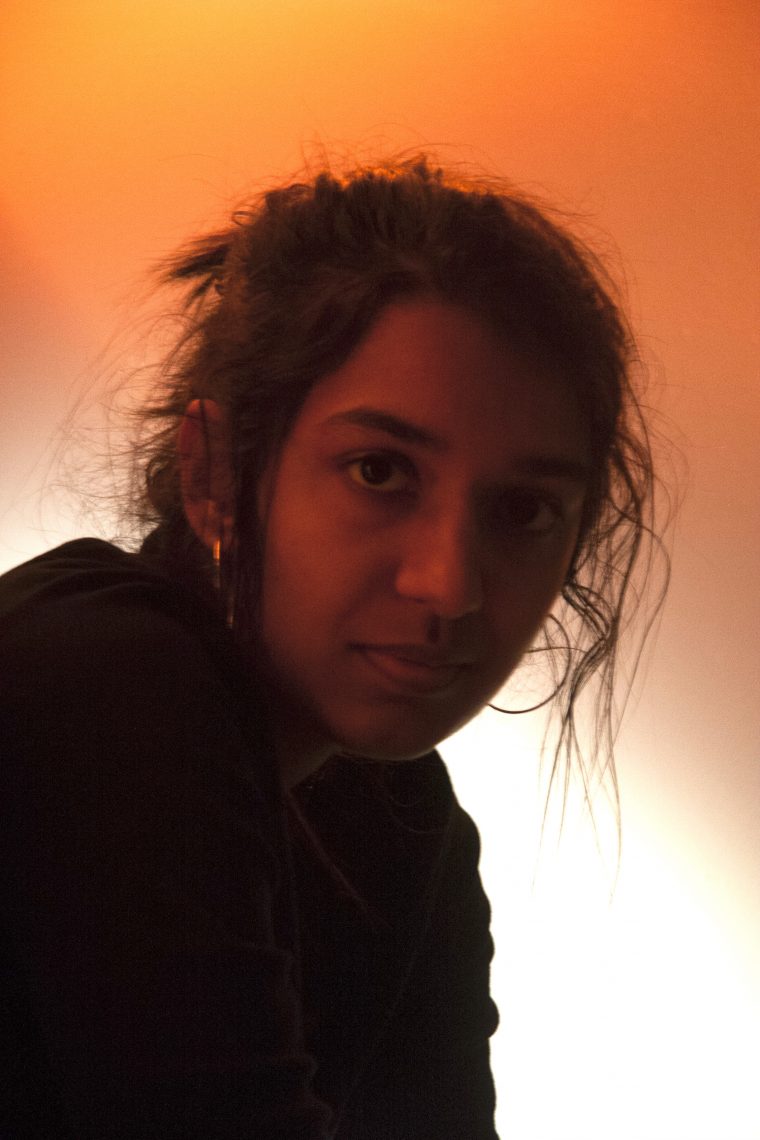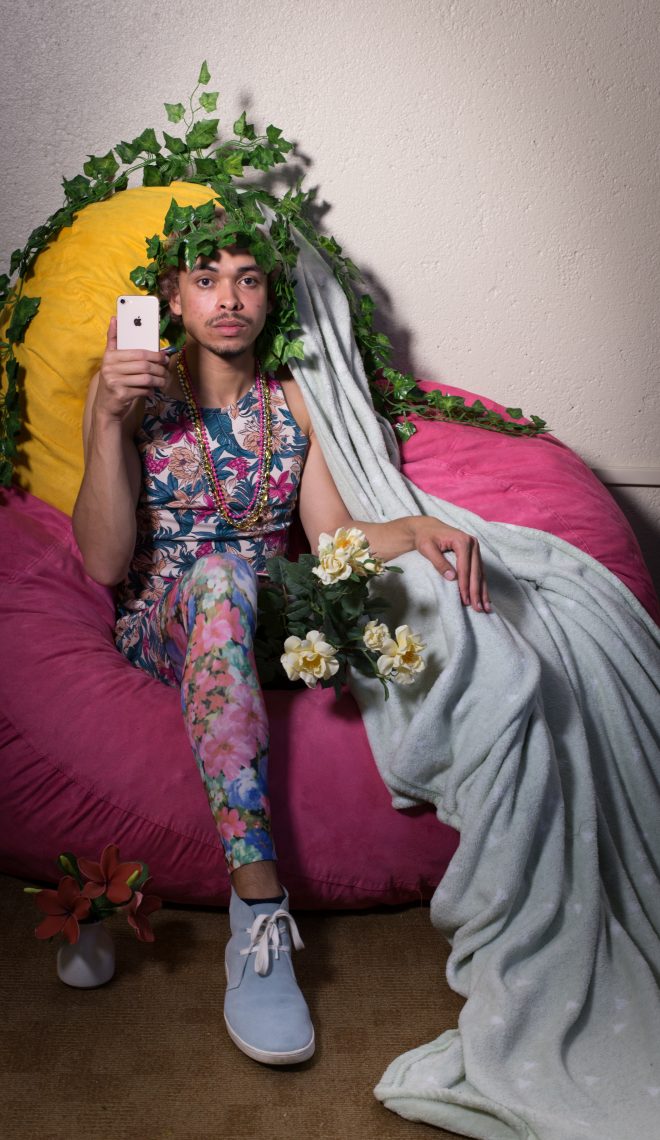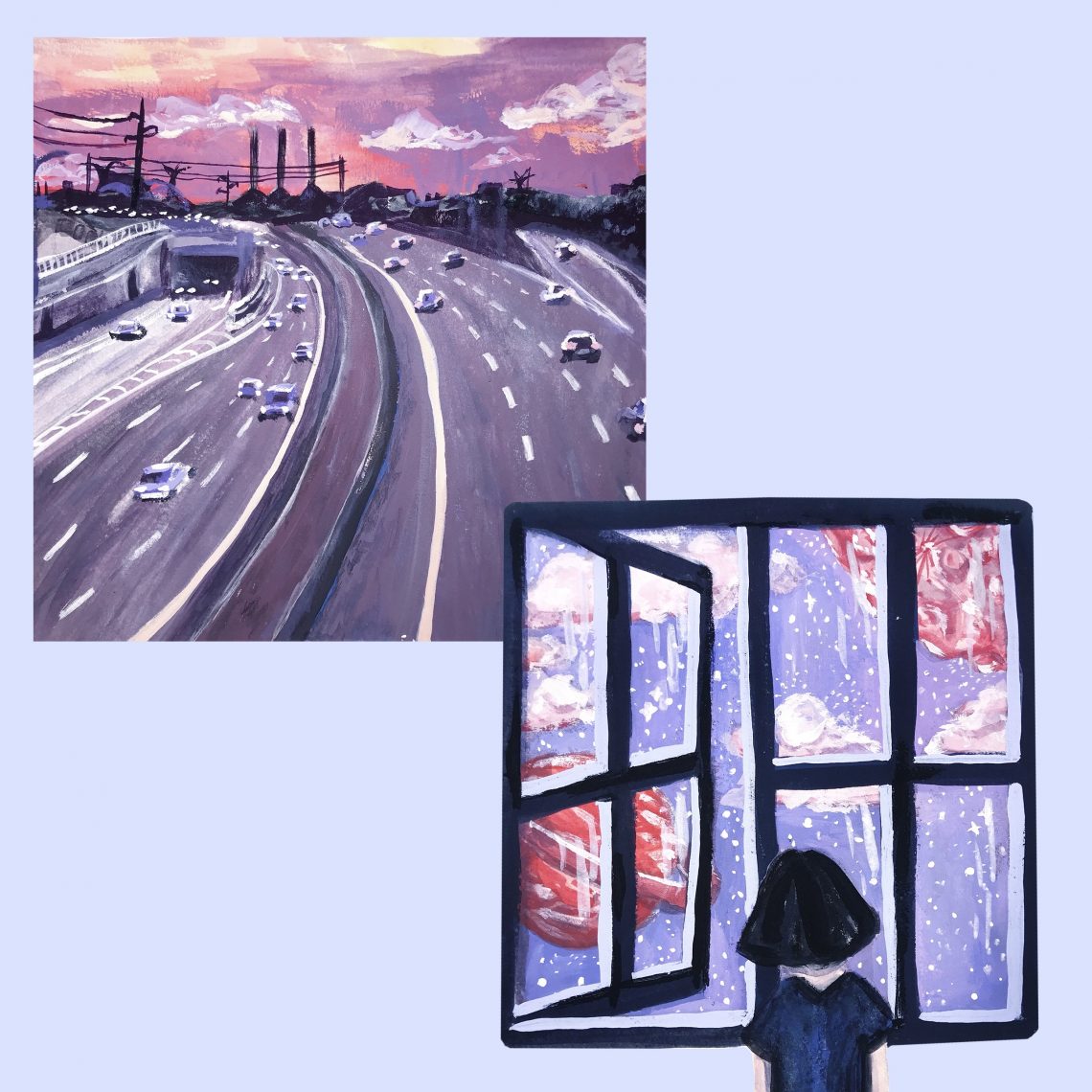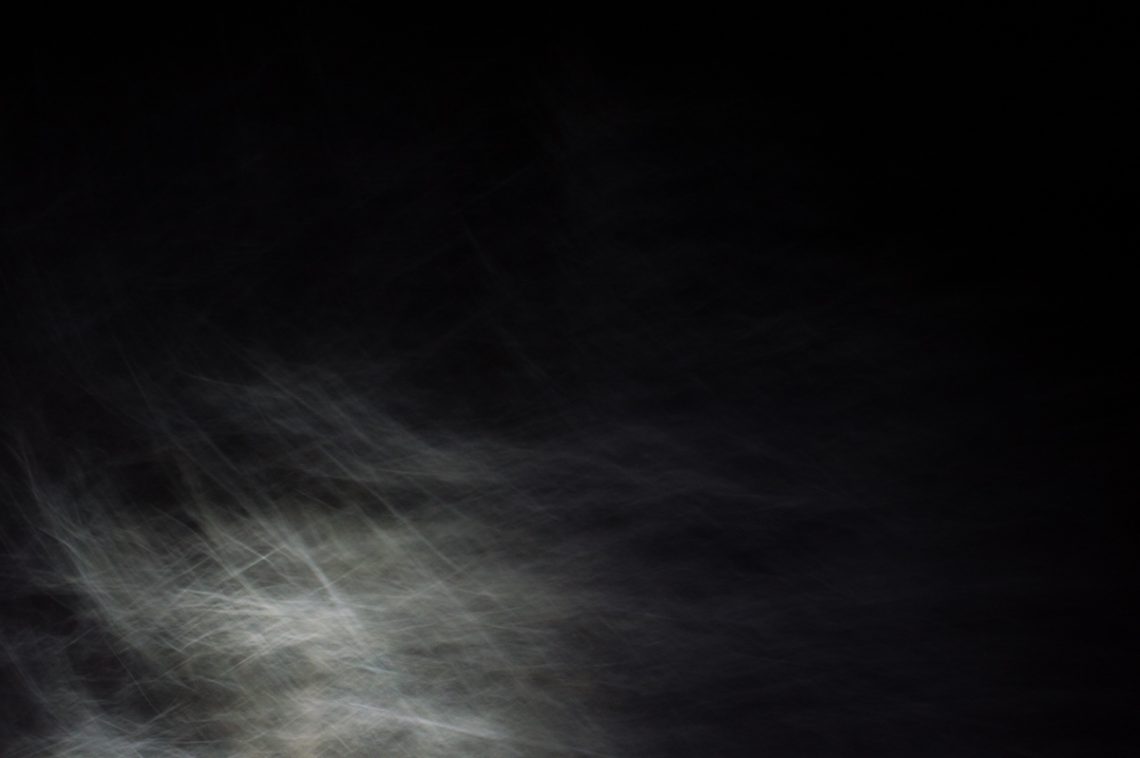
Making art in the studio.
L.A. CiceroStanford’s Cantor Arts Center draws kids in with new family program
A new Sunday program at Stanford's Cantor Arts Center brings children and families into the museum for tours and art-making.
There’s a new pitter-patter at the Cantor Arts Center at Stanford.
Scurrying between the sculptures, popping by the portraits and musing at the masks are groups of children, taking part in a new program that has them drawing and sketching in the shadow of the masters.
The Cantor has always welcomed families but the new program, on Sunday afternoons, offers activities that allow even more immersion and engagement.
Kid-friendly tours lead families through different galleries and show off different artworks that become inspiration for art-making the same day.
Children can sign out an “Art Pack” – free supplies, including colored pencils and paper – and draw in a designated gallery. They can also experiment with different materials and techniques in a studio.
“To see the kids and their parents coming into the museum excited, eager to learn and ready to discover something new sparks fantastic energy,” said Cantor Director Connie Wolf.
The Sunday program is free and families are invited to participate for as long as their schedule allows. No tickets or reservations are needed. Children must be accompanied by an adult.
Wolf said the program allows children to experience the culture of a museum and get to see the museum as a place that wants them.
“And they develop a lot of different skills without even realizing it,” she said.
Through the tours and art-making activities, children learn observation, hand-eye coordination, working in a group environment, critical thinking and even public speaking, Wolf said.
Parents also walk away with something new.
Cantor Arts Center docents lead kid-friendly tours as part of a new family program.

L.A. Cicero
“You may be a brilliant, Nobel-winning scientist here on campus, but have questions – or your children have questions – about something here that’s not in your expertise. What you do and experience at the museum can add to your knowledge and spark conversations that can be continued at home,” she said.
Integrating arts into family life is especially important, say education experts, because so many schools have dropped arts programs because of budget constraints.
Susan Freeman, a lecturer on arts in education at Stanford’s Graduate School of Education, says learning about art helps children see the world in different ways and can help boost language skills.
“It can awaken their imaginations, get them thinking from different perspectives, gets their imaginations wondering about how things are made, where do colors come from, how things work,” she said. “They also learn a whole new vocabulary.”
That the programs are available to anyone, Freeman said, breaks down barriers for children not able to get that education at school or on field trips.
“Kids that don’t get this in school are missing out on a critical piece of their education – one that helps them stay competitive with children who are exposed to museums, paintings, sculptures and the culture and thinking that goes with it. This kind of program helps fill that gap,” Freeman said.
Besides the new Sunday program, there are family-friendly activities on the weekdays. Parents and caregivers can pick up a printed “Music and Movement” Family Guide to explore the Asian galleries, for example.
Children can also sign out Art Packs for drawing in the galleries or outside in the Rodin sculpture garden.
The Cantor also hosts special events for members, including a Mother’s Day weekend tea party and activities on April 21 for Earth Day.
“Getting kids and families to see art and the museum in a fun, educational and new way is wonderful by itself but it also gives people one more way to feel connected to the university and see what great treasures are here,” Wolf said.






